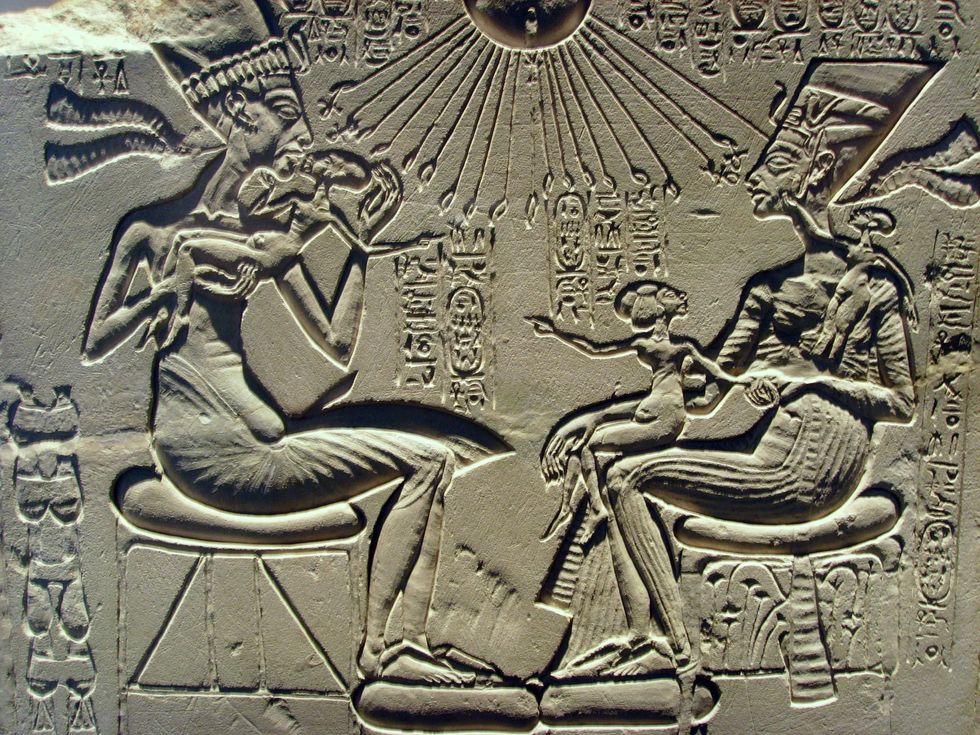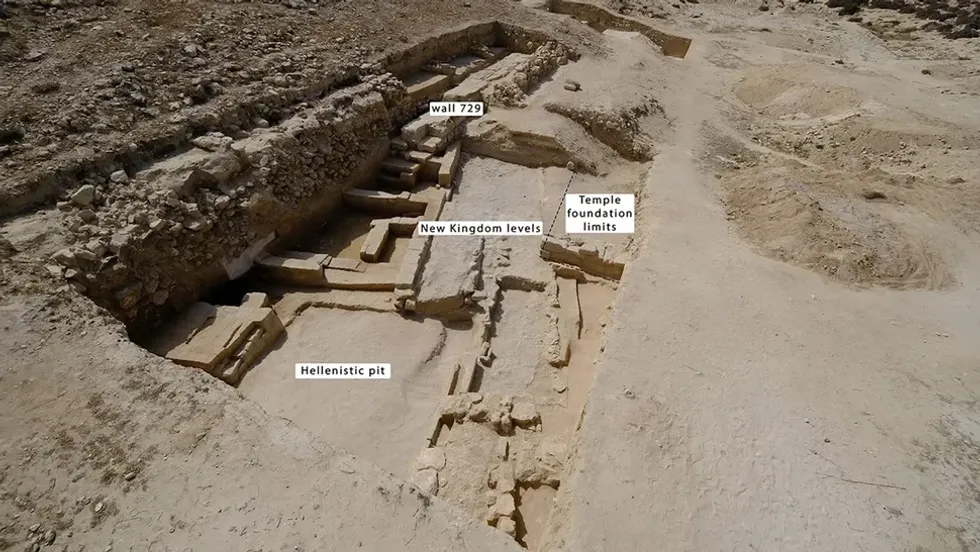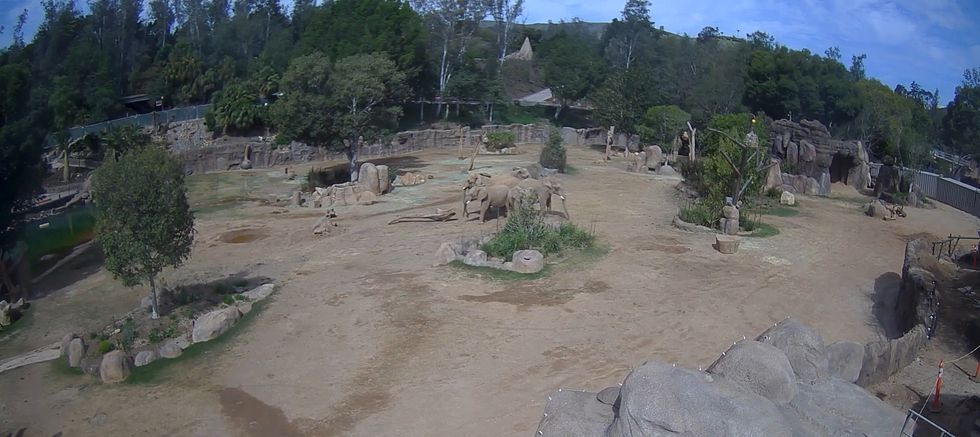Gregory Robinson
Apr 16, 2025
A digital exhibition in London is inviting visitors to step into King …
Euronews Culture / VideoElephant
Hidden beneath the sands for thousands of years, a lost city believed to have been built by Akhenaten — the father of Tutankhamun — has finally been uncovered by archaeologists.
The mysterious settlement, believed to date back 3,400 years, is based at the Kom el-Nugus repository. It is situated some 27 miles west of Alexandria on a rocky ridge between the Mediterranean Sea and Lake Mariout.

This town was a major operation. “The quality of the remains, their planned organization around a street, could suggest a fairly large-scale occupation,” archaeologist Sylvain Dhennin told Live Science. Dhennin is the author of the study and works with the French National Center for Scientific Research (CNRS).

Researchers found remnants of a temple that was built by pharaoh King Ramses II, who ruled between 1279-1213 BC, plus private “funerary chapels”. Dhennin also said it’s possible that there was a fortified wall and buildings used for admin.
A stamp on part of an amphora jar has the name of Meritaten, who was believed to have been the sister, or half-sister, of King Tut and the daughter of Akhenaten and Nefertiti.
King Tut is now the most famous pharaoh in the world because his tomb gave us an unprecedented glimpse into ancient Egyptian life. Most tombs discovered had been looted, but when British archaeologist Howard Carter discovered the tomb belonging to Tutankhamun, it was almost completely intact and filled with over 5,000 objects consisting of chariots, statues, weapons, and the famous gold burial mask.
He became pharaoh at around the age of nine and died around 18 or 19. A mystery still surrounds his death, with theories about the cause suggesting malaria, genetic disorders caused by inbreeding, an infected broken leg, or a chariot accident.
As the archaeologists continue trying to find out how big the old city was during its heyday, the discovery provides another valuable insight into daily life in ancient Egypt.
The new study was published in the journal Antiquity.
You should also read:
- Scientists discover evidence that Tutankhamun's mask isn't actually his
- Egyptian pharaoh tomb uncovered for the first time since Tutankhamun in 'remarkable discovery'
Sign up for our free Indy100 weekly newsletter
How to join the indy100's free WhatsApp channel
Have your say in our news democracy. Click the upvote icon at the top of the page to help raise this article through the indy100 rankings
Top 100
The Conversation (0)














